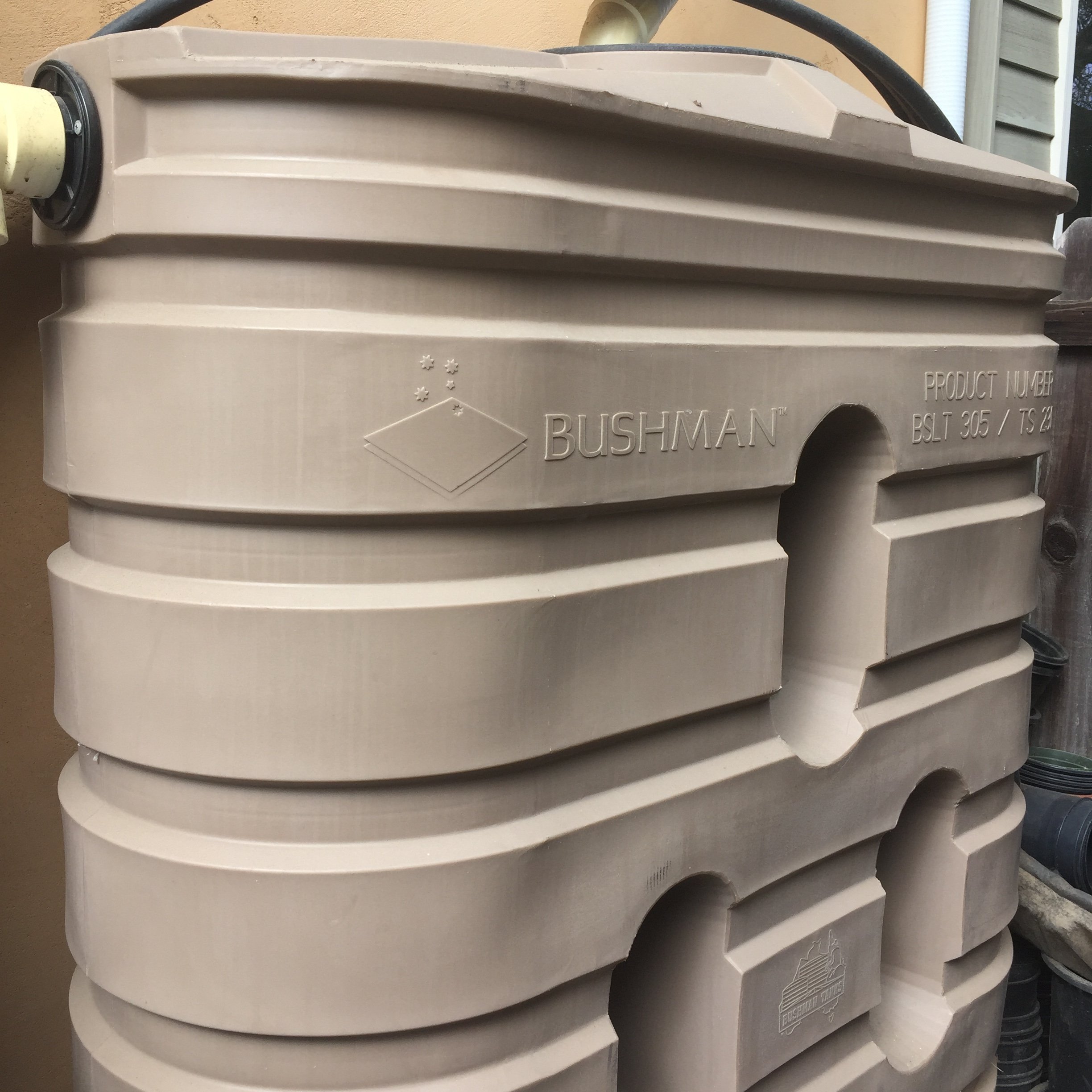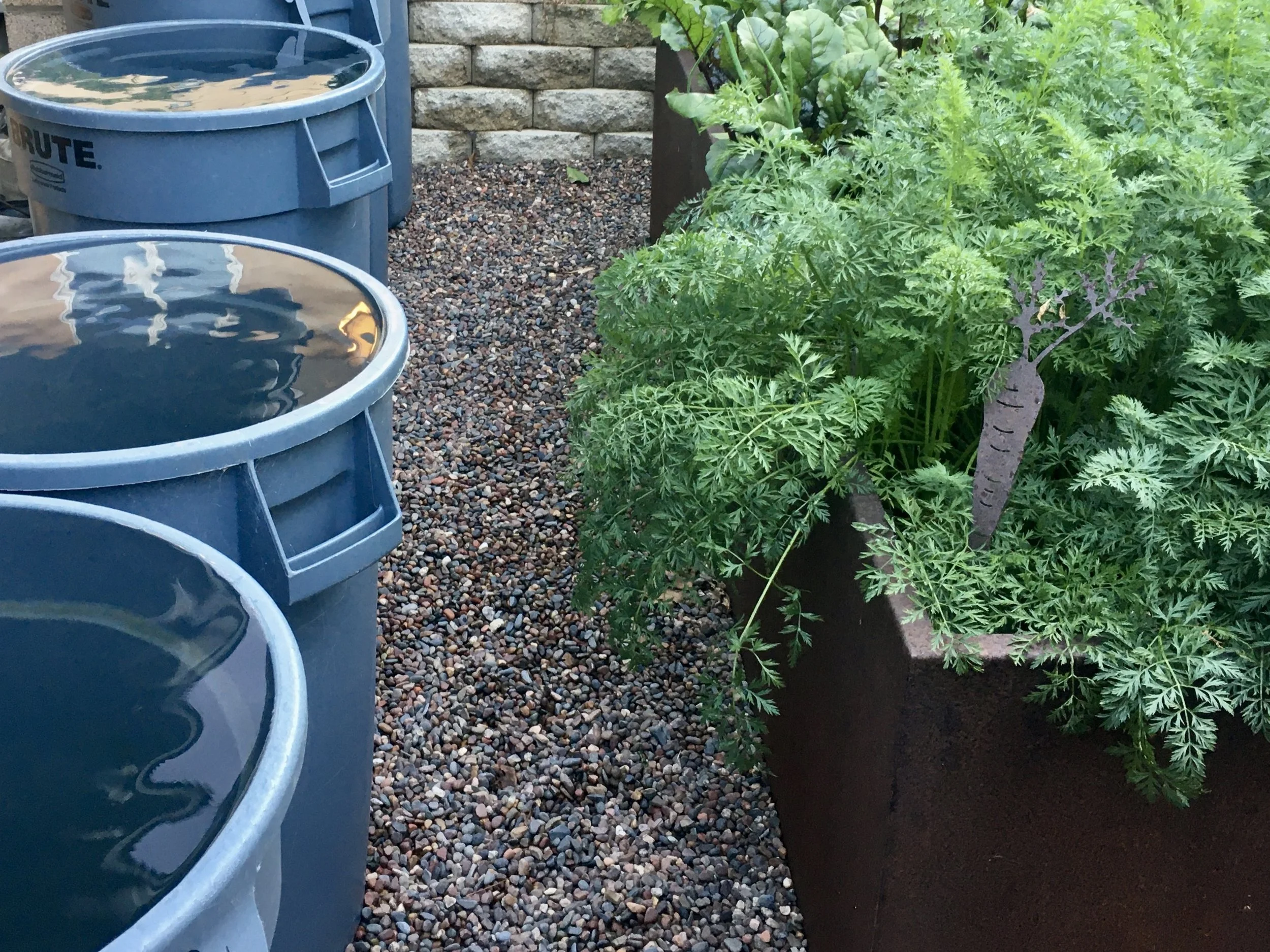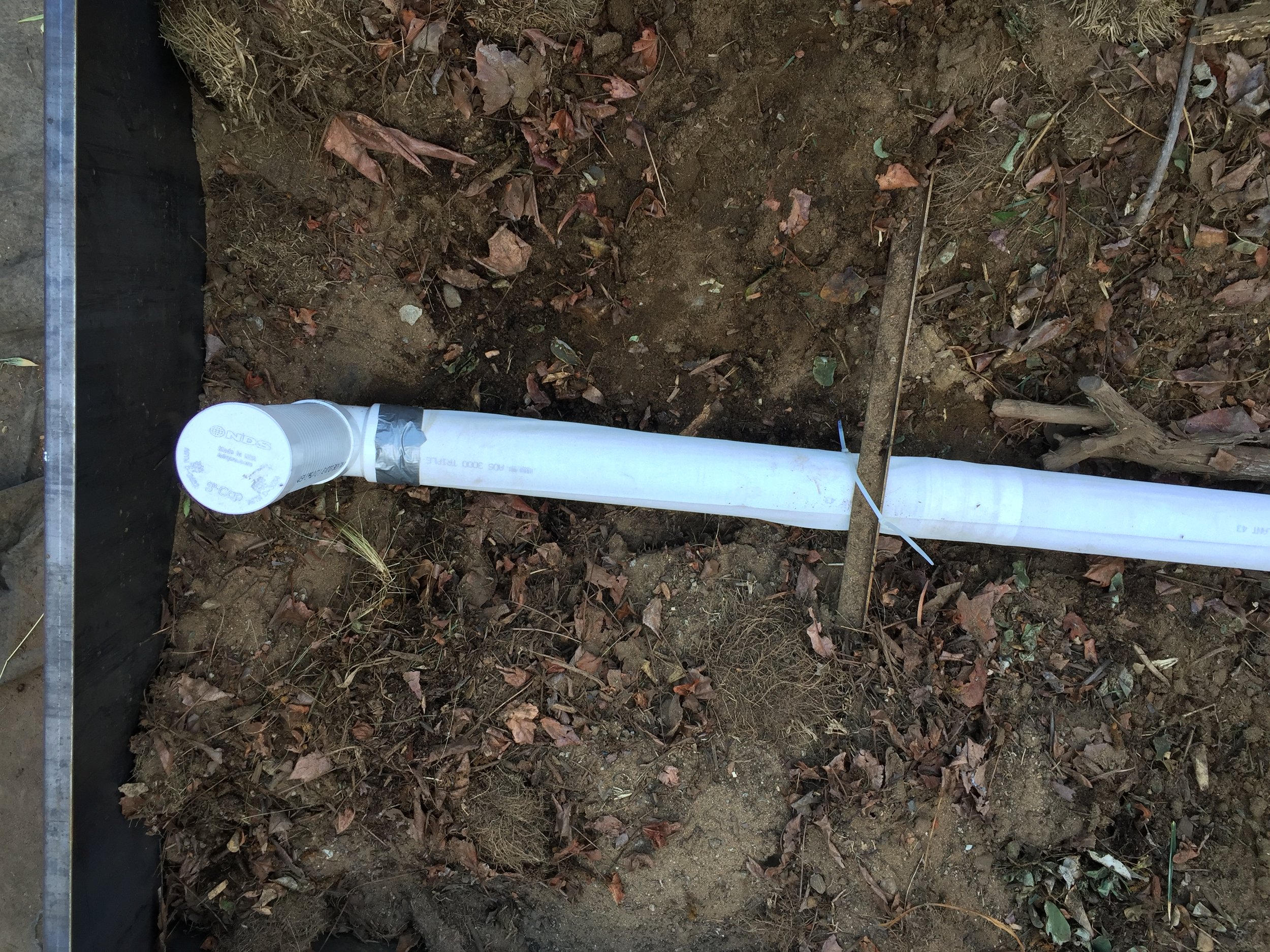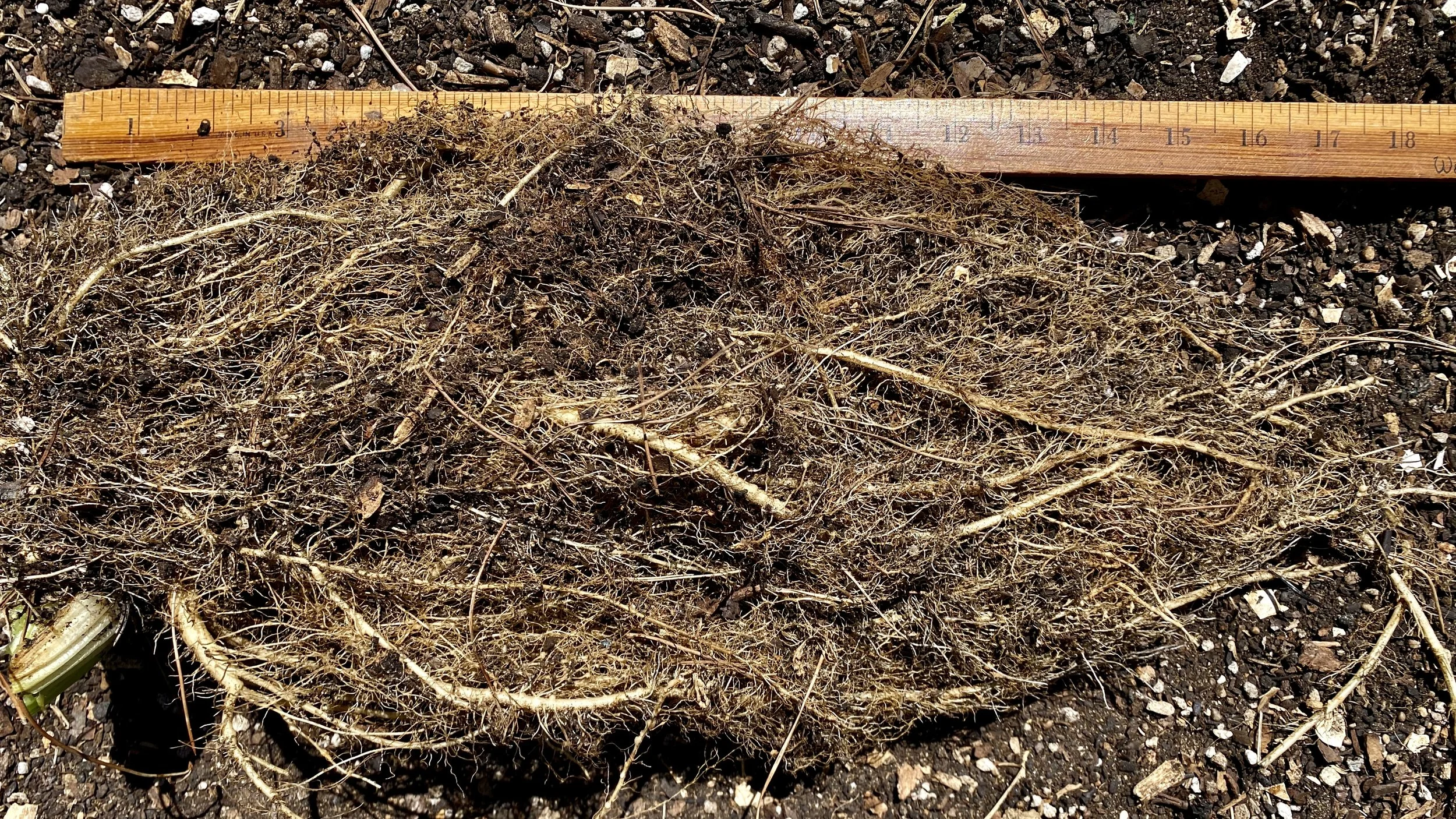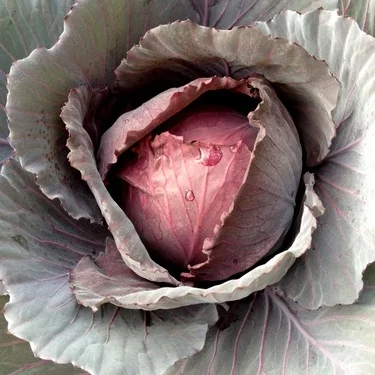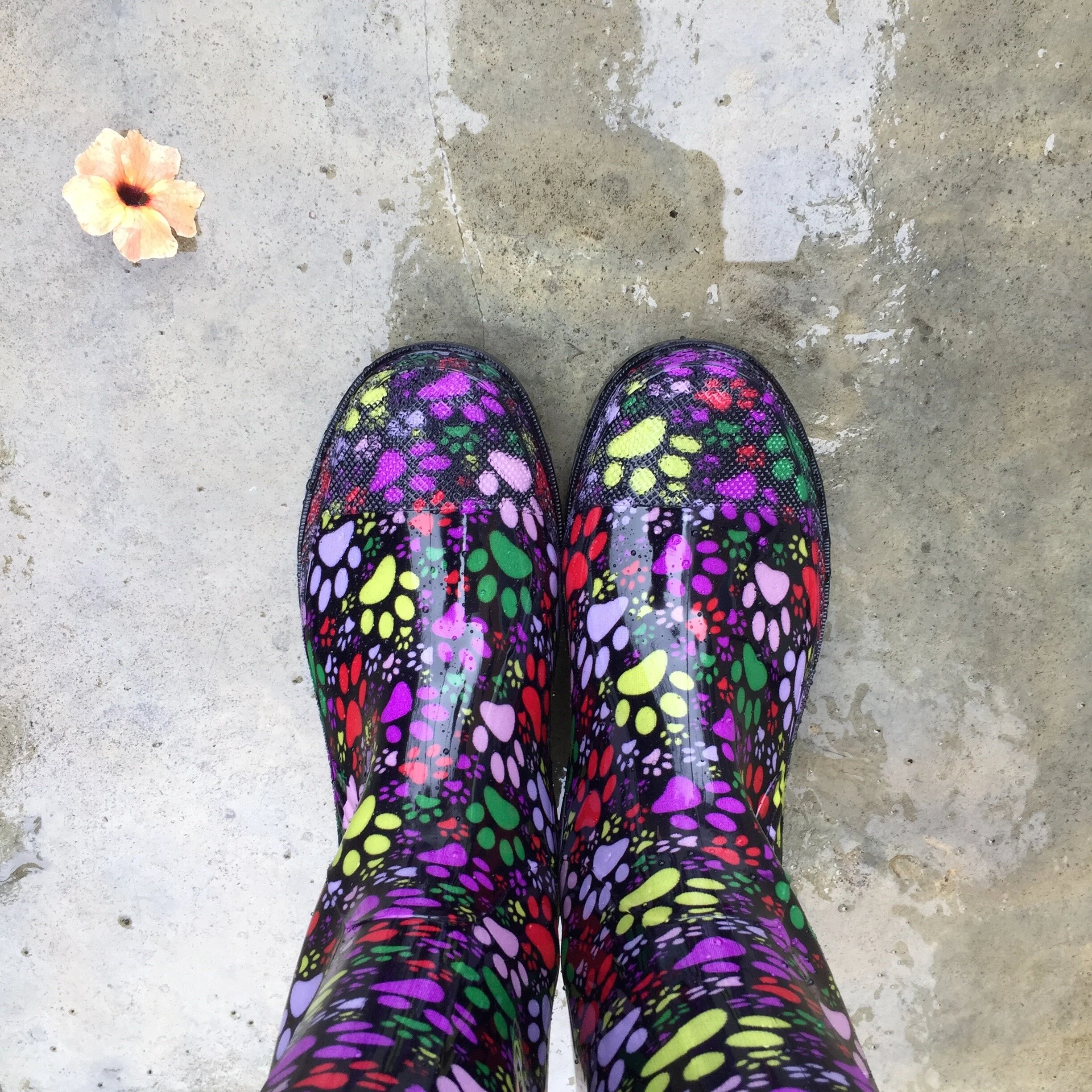Rooting for Rain & Rain for Roots
My San Diego coastal location recently received 4.5 inches of rain in three days and a one day total of 2.5 inches. The National Weather Service reported San Diego experienced the fourth wettest day since record-keeping began in 1850, and that Monday was the wettest January day on record.
Before this most recent storm our two 305 gallon rain tanks were full and in a mad dash I drained them down, deep watering the vegetable beds, fruit trees and native plant garden.
Near the raised beds nine food-safe Brute cans capture 350 gallons of rainwater from the metal garage roof. On the property now, after the big storm I have nearly 1000 gallons of water stored.
When we installed the Corten steel raised beds in 2016, my husband had the genius thought to install perforated pipe about ten inches down in the 24 inch beds. It’s wrapped in a sleeve to keep soil from infiltrating. The cap is just above the soil level. Excess stored rainwater—as in before the next storm—goes down the pipe. I use a hand bilge pump for the near beds and watering cans for the others. The best place to store rainwater when you’re at storage capacity, is in the soil.
And Rain for Roots
Last season—October to April, San Diego had frequent rains and our total was 50% above the average rainfall. I captured rainwater with each major storm and my raised beds were well watered all winter. Extra rainwater went into the “pipes” and my garden vegetables sought out the water. Roots on vegetables went deep.
Chard roots—thinner roots went even deeper.
Celery roots going 18 inches deep into the loose soil.
Extra long carrot (root vegetable)
Baby Ball beet roots at 10 plus inches
Another storm is coming next week. Time to begin distributing the rainwater.

